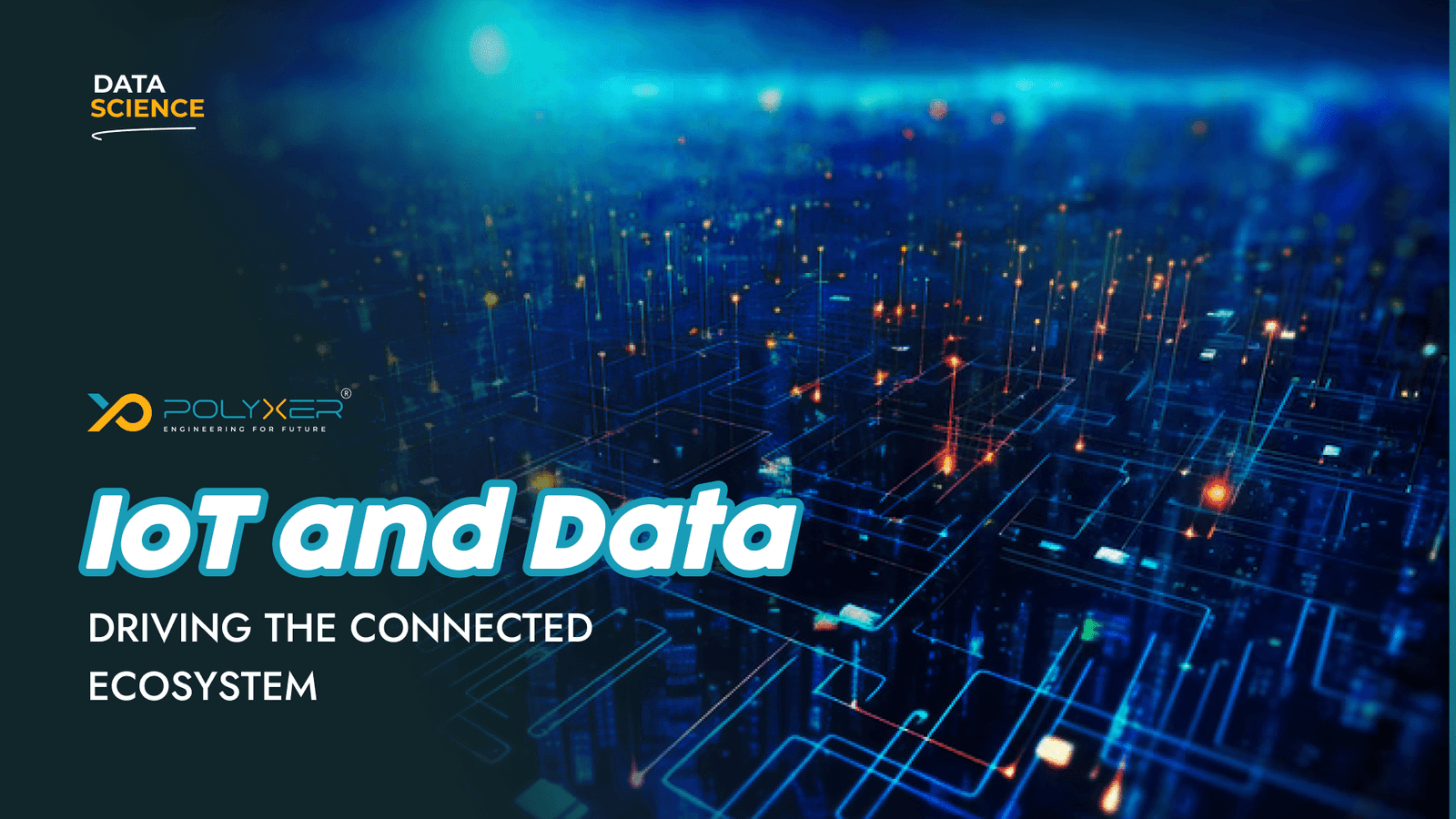
Exploring Multivariate Data with Heatmaps

Complete Guide to Implement Data Warehouse Projects
The marketing landscape has led to a major shift over the last two decades, mainly due to the rapid advancement of technology and the arrival of large data analytics. As businesses try to understand their customers more deeply, the role of data has become important in shaping marketing strategies.
According to Porch Group Media, 51% of marketing professionals prefer making decisions based on data analysis, while 45% focus on getting new customers through data-managed strategies.
Further, we will find out the development of marketing with a special focus on how the data is now at the core of the decision-making processes. We will delve into the future of previous marketing practices, data-based strategies, tools that enable this change, and the future of marketing in a data-centric world.
Historical Perspective: Marketing Before Data
1. Traditional Marketing Approaches
In the early days of marketing, the promotional strategies trusted a lot on intuition and experience. Marketing professionals used wider, one size-fits-all strategy such as:
- Print Advertising: Businesses invested heavily in advertisements in newspapers, magazines and billboards without a clear yardstick to measure effectiveness.
- Television Commercials: Traditional media advertisements often lack accuracy in targeting, relying on general demographic data.
- Direct Mail Campaigns: It was common to send promotional materials to households, but it was often limited and inefficient to monitor the success of these campaigns.
- Brick & Mortar Marketing: This strategy or techniques were mainly used by the retails stores to attract more footfalls to their premise. It includes flyers, events, inauguration discounts etc.
2. Limited Data Insights
Prior to the digital age, the available data was scant for market analysis, often limited to basic demographic information collected through surveys or purchased data from retail transactions. The Marketer had to rely on intuition and limited response, making it difficult to create an effective and targeted campaign.
- Customer Feedback: Businesses collected feedback through customer survey and focus groups but often faced challenges in analyzing and interpreting results.
- Market Research Firms: Companies rely on external market research firms to provide insights, but reports were usually published months after data collection, making them less actionable.
The Advent of Digital Marketing
Digital marketing transition marked a revolutionary change in how businesses connect with their customers. With the rise of internet, email, social media and mobile technology, marketers gained access to real -time data money.
1. Rise of the Digital Era
Digital marketing strategies began to take shape by focusing on online platforms to promote products and engage with consumers:
- Search Engine Optimization (SEO): Customizing websites to rank high on search engines allowed businesses to attract organic traffic.
- Social Media Marketing: Platforms such as Facebook, Twitter and Instagram introduced new channels for direct engagement, enabling real -time interactions with customers.
2. The Data Revolution
As businesses moved their attention to digital platforms, the amount of data increased rapidly. Marketing personnels began using this data to inform their strategies, leading to the rise of data-powered marketing.
- Web Analytics: Tools such as Google Analytics enabled businesses to track website traffic, user behavior and conversion rates, providing valuable insight into customer interactions.
- Email Marketing Metrics: Email campaigns have become more sophisticated, allowing businesses to track open rates, click rates and customer engagement.
Data-Driven Marketing Takes Center Stage
The integration of data in marketing strategies has fundamentally changed how businesses function. This change towards data-driven decision making has enabled organizations to develop more effective marketing strategies to suit customer preferences.
1. Personalization and Segmentation
Data-based marketing emphasizes the importance of privatization, allowing brands to customize their messages and offerings to specific audience sections.
- Customer Segmentation: Divisional demographics, behavior and preferences can fragment the audience, which enables the target operations to resonate with specific groups.
- Hyper Personal Marketing: With access to customer data, companies are capable of making target materials and product recommendations to increase customer engagement.
2. Predictive Analytics
Predictive Analytics uses historical data and machine learning algorithms to forecast customer behavior and trends. By analyzing previous interactions, the marketer can make informed predictions about future actions.
- Customer Lifetime Value (CLV): Businesses can calculate CLVs to identify high-value customers, allowing for retention strategies and resource allocation.
- Churn Prediction: By assessing engagement metrics and behavior patterns, companies can address customers' churn and apply retention strategies.
3. Real-Time Marketing
The ability to analyze data in real time has transformed how businesses respond to market dynamics and customers' requirements.
- Dynamic Pricing: Companies can accommodate pricing in real time based on demand fluctuations, competitive pricing and user behavior, which optimize revenue.
- Agile Marketing Campaigns: Ensuring disaster relevance and maximum impact, can avail real -time data to customize campaigns hands-on.

DATA-DRIVEN MARKETING Marketing Strategies
Essential Tools for Data-Driven Marketing
Development of marketing towards data-focused models has been motivated by various devices and technologies that facilitate data collection, analysis and implementation.
1. Customer Relationship Management (CRM) Systems
CRM platforms such as salesforce and hubspot enable businesses to effectively manage customer interactions and relationships. They centralize data and provide insight into customer preferences, enabling marketing efforts.
2. Marketing Automation Tools
Marketing automation platforms such as Marketo and Mailchimp streamline campaigns and workflows, allowing disaster to perform targeted campaigns based on behavioral behavior and preferences.
3. Social Media Analytics
Tools such as Hutsuit, Sprout Social and Buffer provide insight into social media performance, allowing the level of inter -engagement, the audience's demographics and the success of the campaign.
4. Business Intelligence (BI) Tools
BI equipment such as tableaux and power BI enable data visualization and reporting, which help in understanding the intricate data and understand the actionable insight to understand the strategy.

Essential Tools for Data-Driven Marketing
Case Studies: Brands Leading the Way in Data-Driven Marketing
Case Study 1: Amazon
Background: Amazon exemplifies the power of data-driven marketing through its personalized recommendations and predictive analytics. Amazon elevated the power of data-driven marketing through its personal recommendations and future analysis.
- Personalization: Amazon's recommended engine uses an algorithm that analyzes user behavior and purchase history to suggest products, resulting in an increase in sales and customer satisfaction.
- Predictive Analytics: Amazon appoints Predictive Analytics to customize inventory management, ensuring that popular items are available and reduce additional inventory costs.
Results
- Increased Sales: About 35% of Amazon's total revenue is responsible for its recommended system.
- Customer Loyalty: Personal purchasing experience has promoted high levels of customer loyalty, millions of users are regularly attached to platforms.
Case Study 2: Coca-Cola
Background: Coca-Cola uses data-based marketing to increase customer engagement and increase brand loyalty.
- Data-Driven Campaigns: The company utilizes social preferences and emotions and employs social listening and analytics, allowing it to craft effective marketing campaigns.
- Omnichannel Marketing: Coca-Cola uses data from various channels to provide a comfortable customer experience, integrates online and offline interactions.
Results
- Successful Campaigns: Coca-Cola's "Share A Coke" campaign, which caused individual bottles with names, 4% increase in sales and increased brand engagement significantly.
- Enhanced Market Understanding: Continuous data analysis provides Coca-Cola with real-time insight, making it quick and responsible for market changes.
Challenges and Considerations in Data-Driven Marketing
While data-based marketing provides many benefits, organizations will also have to navigate various challenges.
1. Data Privacy and Compliance
Since data regulations like GDPR and CCPA become more rigid, marketers should ensure compliance while balancing the data privacy. It is important to obtain clear consent from customers for data use.
2. Data Quality and Management
The effectiveness of data-based marketing depends on the quality of data collected. Organizations must implement extensive data management practices to ensure data accuracy and reliability.
3. Integrating Data Across Silos
Data is often stored in silos in departments, which can obstruct extensive analysis. It is necessary for success to integrate data from various sources and ensure cross-departmental cooperation.
4. Navigating Technological Change
Fast-paced development of data technologies can be heavy. Marketers must be updated with the latest equipment, trends and technologies to effectively take advantage of data in their strategies.

Challenges and Considerations in Data-Driven Marketing
The Future of Marketing: AI and Machine Learning
As technology develops, the future of marketing will be inspired by progress in Artificial Intelligence (AI) and Machine Learning (ML).
1. Enhanced Personalization
The AI algorithm will further refine individual techniques, which will analyze data more effectively to customize materials specific to individual consumers.
2. Predictive Customer Journeys
Since the future analytics becomes more sophisticated, the organizations can estimate more accurately the requirements of the customer, allowing customer active engagement in the journey.
3. Automation at Scale
AI-powered marketing will enable automation for organizations to scale-up their campaigns, ensuring relevance and accountability for customer needs, importance and accountability.
4. Ethical AI Practices
As such dependance on AI and data increases, moral ideas about data use will become rapidly important. Organizations will need to have moral structures for data use, respecting privacy and transparency.
The Ending Note
The development of marketing in data-focused discipline has changed how businesses connect with consumers. By placing data at the core of your strategies, organizations can fix their marketing efforts, create personal experiences, and align with customers' expectations.
Since data continues to shape the future of marketing, the investment in data-driven approaches will get an important competitive advantage. Leveraging the power of data, the distresses can navigate a rapid complex landscape, ensuring successful engagement with their audience and sometimes leads to a continuous increase in the environment that is developed.
Finally, data-driven marketing is not just a technical change; It is a cultural change that empowers organizations to build strong relationships with their customers, run innovation and grow in a fast-paced modern marketing.
This Article is also available here.






